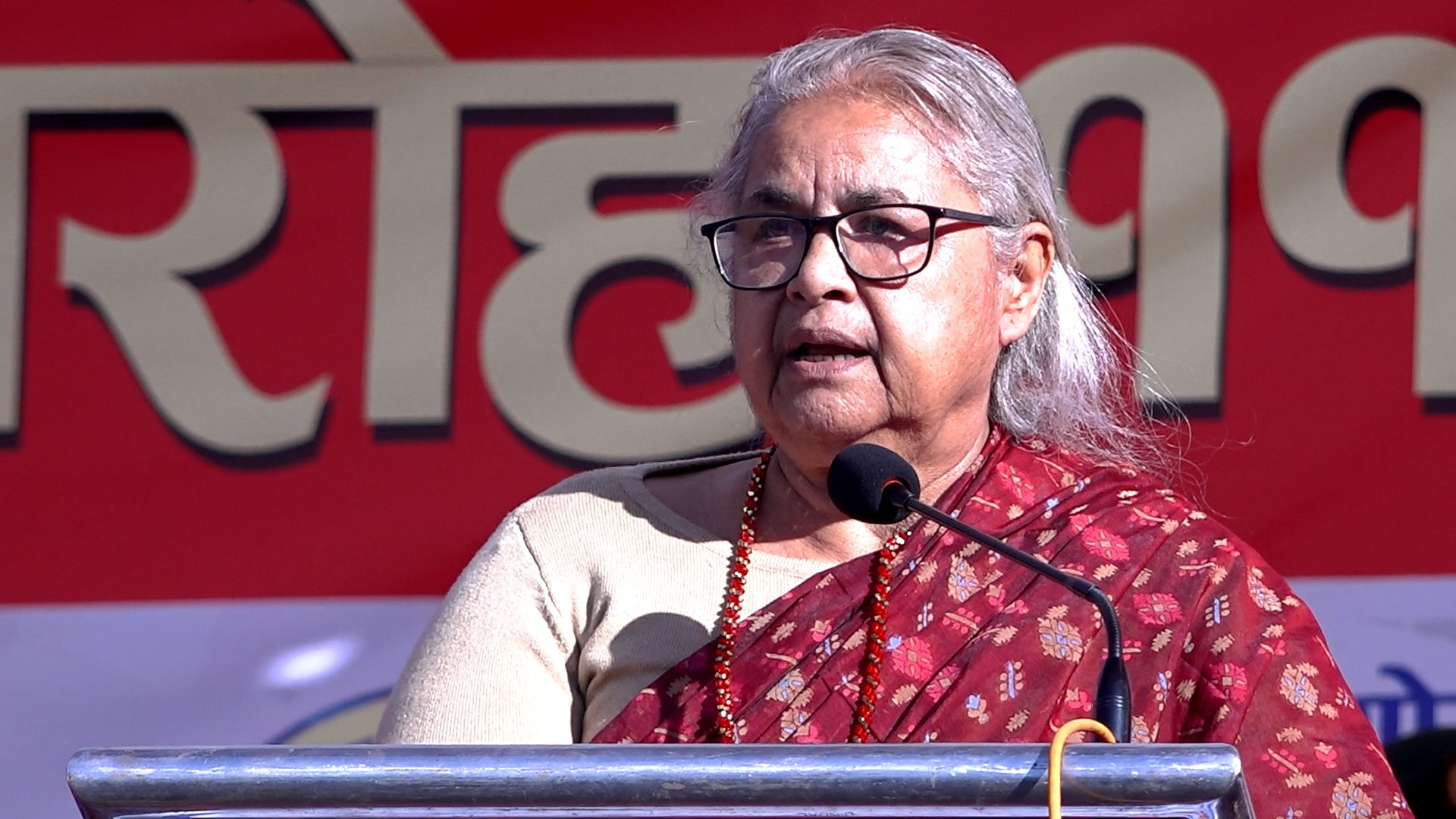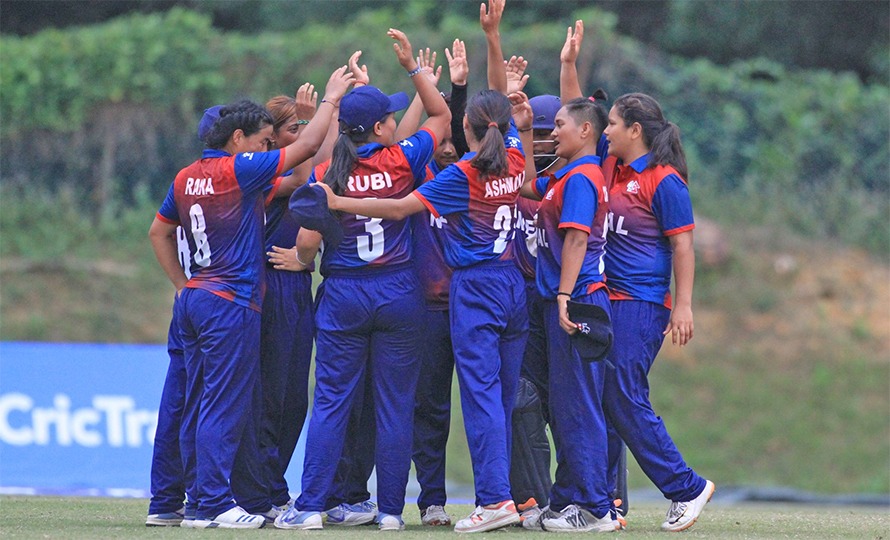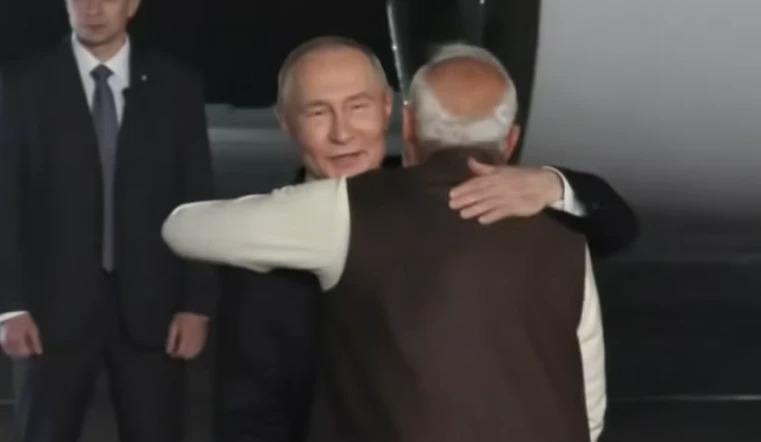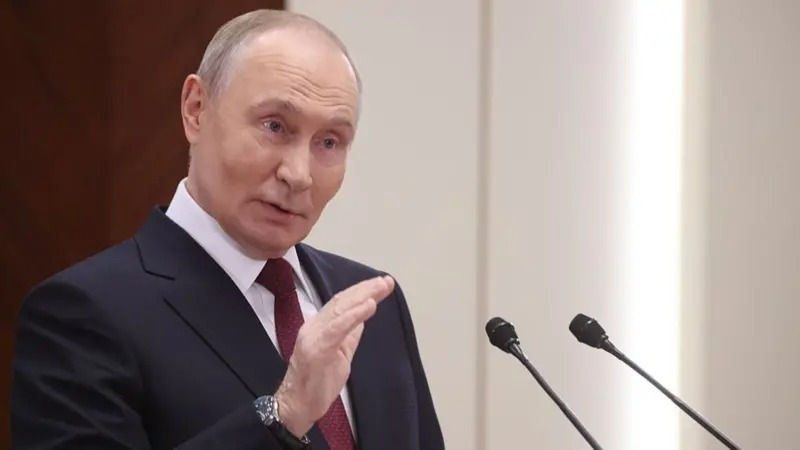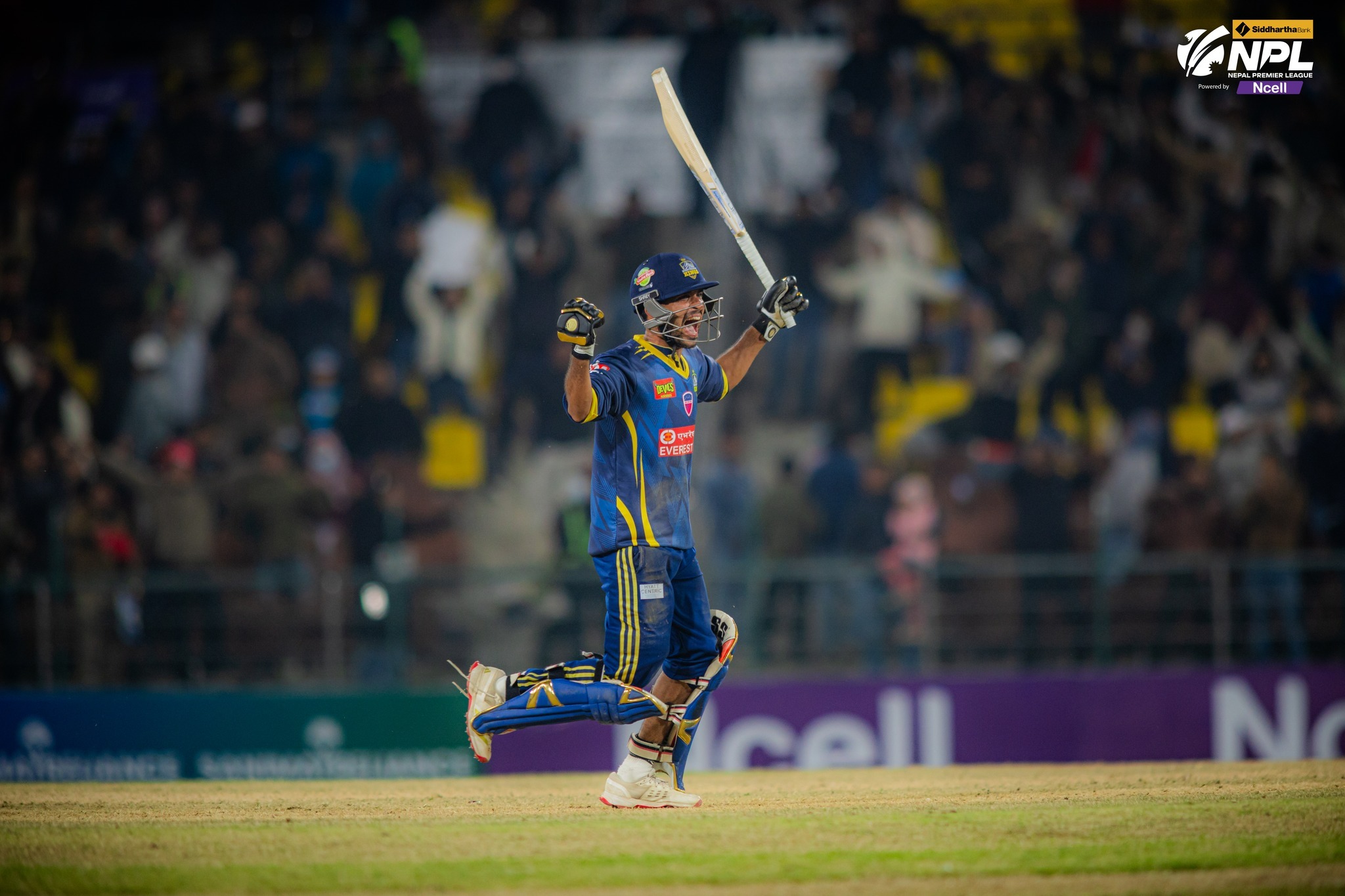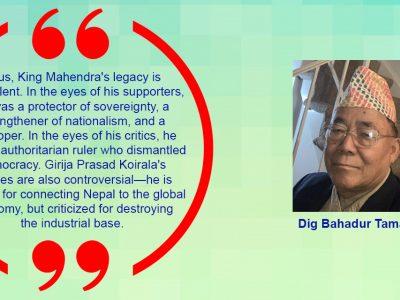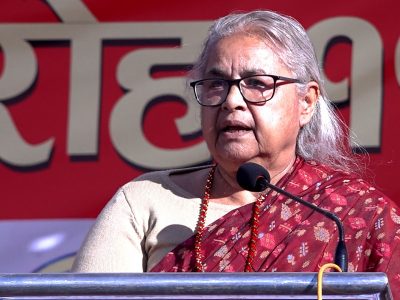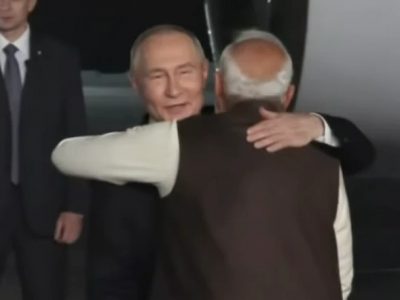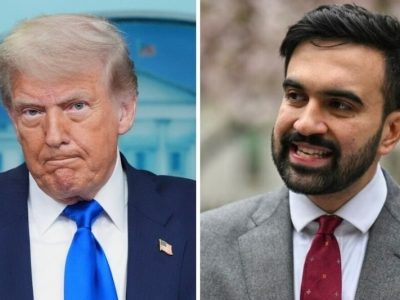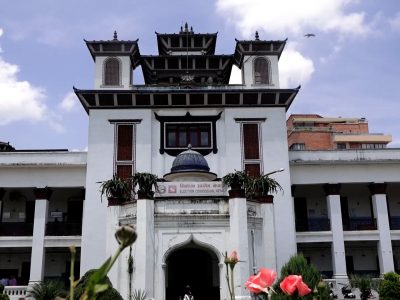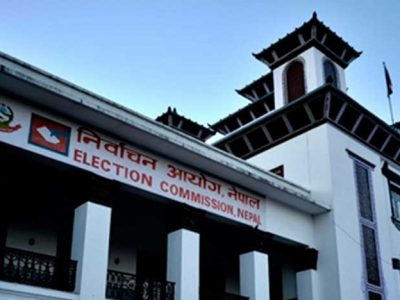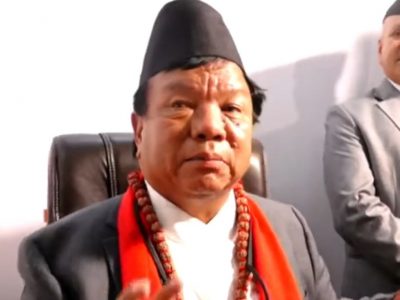Nepal’s Gen Z Is Fighting the Democracy Their Leaders Betrayed
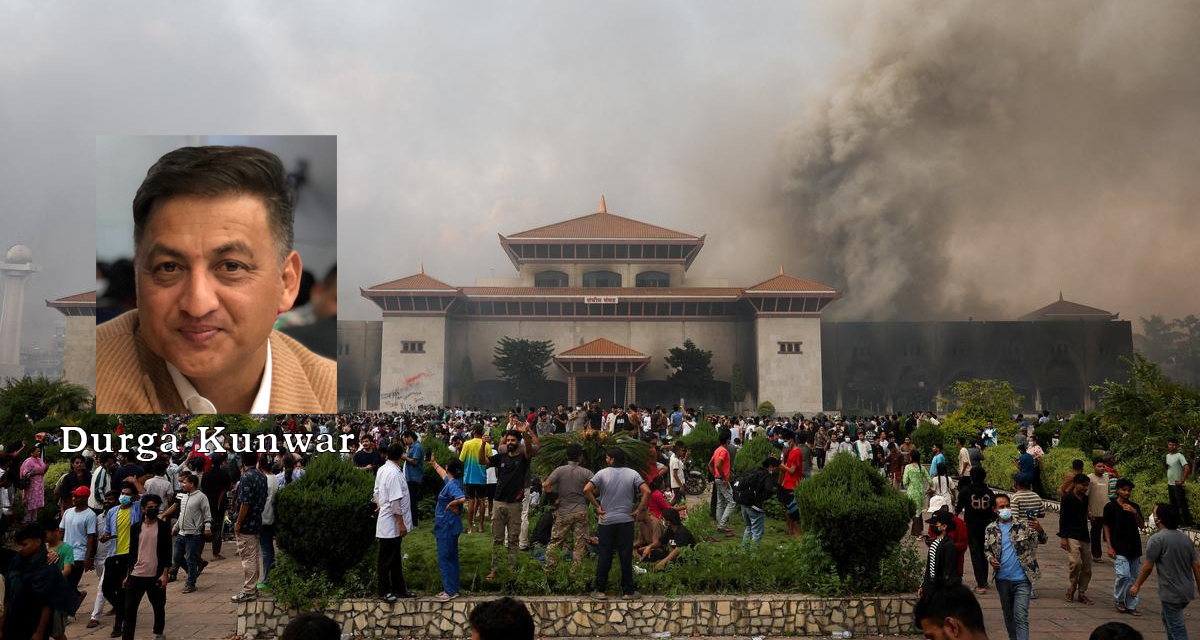
Corruption is eating Nepal alive—and the numbers prove it. It is not a hidden disease but an open wound. In 2023/24 alone, Nepal Police logged nearly 60,000 criminal cases, with banking crimes leading the pack. The anti-graft watchdog, CIAA, was flooded with over 27,000 corruption complaints. Transparency International scored Nepal a dismal 34/100, ranking it among the world’s most corrupt nations. The Auditor General flagged NPR 91.59 billion in irregularities across government bodies.
And yet—no one is held accountable. Corruption is not punished in Nepal; it is rewarded. Cabinet posts, party tickets, diplomatic perks, and immunity go to the very people implicated in scandals. Democracy has been twisted into a safehouse for impunity.
The bureaucracy, law enforcement, and technocracy—institutions meant to uphold neutrality—are compromised by political influence and partisan loyalty. Nepal Police promotions often depend not on merit, but on allegiance to ruling parties. Victims’ rights are jeopardized, and justice becomes a privilege for the connected and privileged.
That is why Nepal’s Gen Z exploded in rage on September 8, 2025. Their anger was triggered by law enforcement’s disproportionate use of force during protests—but the roots run far deeper. Law enforcement is supposed to maintain order, protect lives, and uphold justice impartially. Instead, arbitrary arrests are routine, and investigations hinge on who the suspect knows. Crimes by the powerful rarely face consequences, while ordinary citizens are crushed under selective justice.
Gen Z has called out this hypocrisy combined with deep rooted institutional corruption. Their revolt is not just about social media bans or police bullets. It is a cry against a system where law shields the elite, punishes the powerless and political leaders and their henchmen go unpunished.
Scandals Without Shame
Nepal’s politics has always been unstable—ruled by power struggles, fragile alliances, and the stench of corruption. Instability is no accident; it is the system. Power-hungry politicians form and break alliances not out of principle but out of convenience. In the process, state machinery—security forces, bureaucracies, public institutions—has been reduced to political instruments. Liberal norms like free speech, equality before the law, and parliamentary checks and balances are badly distorted. Quid-pro-quo remained visible in every public domain.
The history is telling. In just 75 years, Nepal has gone through six political upheavals: the fall of the Rana regime in 1951; King Mahendra’s coup in 1960; the 1990 pro-democracy movement; King Birendra’s reluctant acceptance of constitutional monarchy; King Gyanendra’s bid for absolute power in 2005; and the abolition of the monarchy in 2008. Since becoming a republic, the chaos has not stopped. In just 17 years, Nepal has cycled through 13 prime ministers.
The root cause is not simply unstable coalitions—it is the collapse of morality in politics. Democracy guaranteed a parliament, but instead of producing statesmen, it produced career politicians skilled in patronage and betrayal. Legislatures became marketplaces of influence, alliances shifted like sand, and governance was sacrificed at the altar of personal ambition. Corruption became the glue holding this fragile system together.
The scandals are endless. The Patanjali land scam. The visa racket. Telecom fraud. The National Payment Gateway. Each case exposes the toxic nexus between politicians, bureaucrats, and business cronies. Yet the cycle is familiar: committees formed, inquiries delayed, prosecutions stalled, and finally—silence.
The CIAA, Nepal’s constitutional anti-corruption body, remained a parody of itself. Instead of being democracy’s watchdog, it becomes a political pawn—accused of shielding allies and hounding opponents. Its chief commissioner himself was tainted by the wide-body aircraft scandal. When the guard dog joins the thieves, the house cannot be safe.
This is why Nepal remains trapped on the FATF Grey List—not for technical lapses, but because corruption has metastasized into governance itself. Rule of law is selective, politics is transactional, and democracy is treated as an ATM by those in power.
Nepal’s tragedy is not just instability. It is that instability has become the business model of politics.
The Generation That Said Enough
On September 8–9, that rot met its reckoning. Nepal’s Gen Z poured into the streets, fueled by anger at corruption, nepotism, and a suffocating lack of opportunity. A “nepo kid” campaign had already mocked the lavish lives of politicians’ children. But the breaking point came when the government banned 26 social media platforms.
For the young, this was not about TikTok—it was about their voice gaged, their livelihood strangled, and their dignity trampled. When police opened fire, killing 19 protesters on the first day, the revolt exploded. Within days, more than 72 are dead and counting, police posts ransacked, jails stormed, and 51,000 inmates absconded. The Home Minister resigned, the Prime Minister followed, and the army was called in. Nepal’s youth had turned disillusion into defiance.
A Democracy in Ruins
Since 2006, Nepal has cycled through more than fifteen governments, yet the same three parties and the same aging leaders cling to power, turning the top executive post as a musical chair. Politics remains hostage to three aging parties and their leaders as in last ten years, three faces shared the prime ministerial post. Once hailed as revolutionaries and custodian of democracy and pluralism, they symbolized corruption once vowed to end. With power and muscle, elections recycle them. Gen Z called to reject this cycle. Their demand for a constitutional “right to reject” corrupt candidates had gained judicial backing but the political class resists, fearing exile at the hands of a generation unwilling to forgive.
Why the World Should Care
Nepal’s uprising is not an isolated storm—it is part of a global pattern. From Beirut to Lagos, Hong Kong to Santiago, Indonesia to Bangladesh, young people led movements against corruption, censorship, and authoritarianism. The lessons are urgent:
1. Corruption kills democracy. Left unchecked, it rots systems from within.
2. Digital freedom is democracy’s frontline. Social media is today’s public square; banning it is political suffocation.
3. Youth are democracy’s last defense. When institutions collapse, they are the only ones left to believe in renewal.
If Nepal’s revolt is crushed, it will embolden corrupt regimes everywhere. If the world looks away, it signals that killing protesters, silencing speech, and stealing elections carry no cost or justice.
The Choice Ahead
The most dangerous power a people can grant any leader is the power to go unquestioned. Nepal now stands at a crossroads. Gen Z has taken to the streets not just for their future, but to declare a truth older than any constitution: corruption and violence cannot be the final word in governance. Just as 19th-century America embraced its “Manifest Destiny” to shape a new world by vision and will, Nepal must awaken to its own renaissance of conscience—where justice flows like a river, power answers to the people, and democracy remains transparent.
Durga Kunwar is a former Deputy Inspector General of Nepal’s Armed Police Force and a veteran of UN peacekeeping operations in Kosovo, Liberia, and Darfur. He writes on governance, security, and democratic accountability.
Facebook Comment
latest Video
Trending News
- This Week
- This Month



